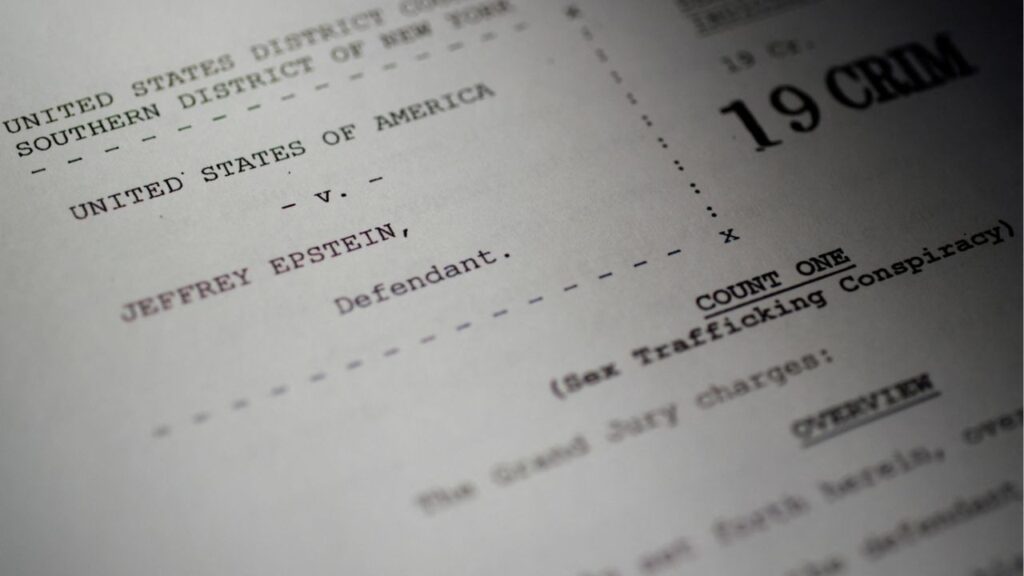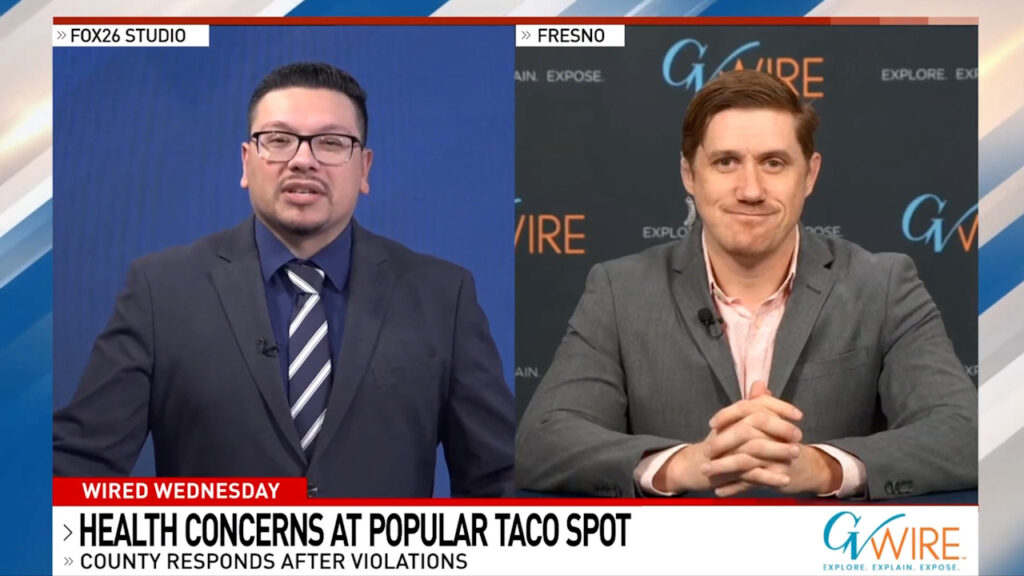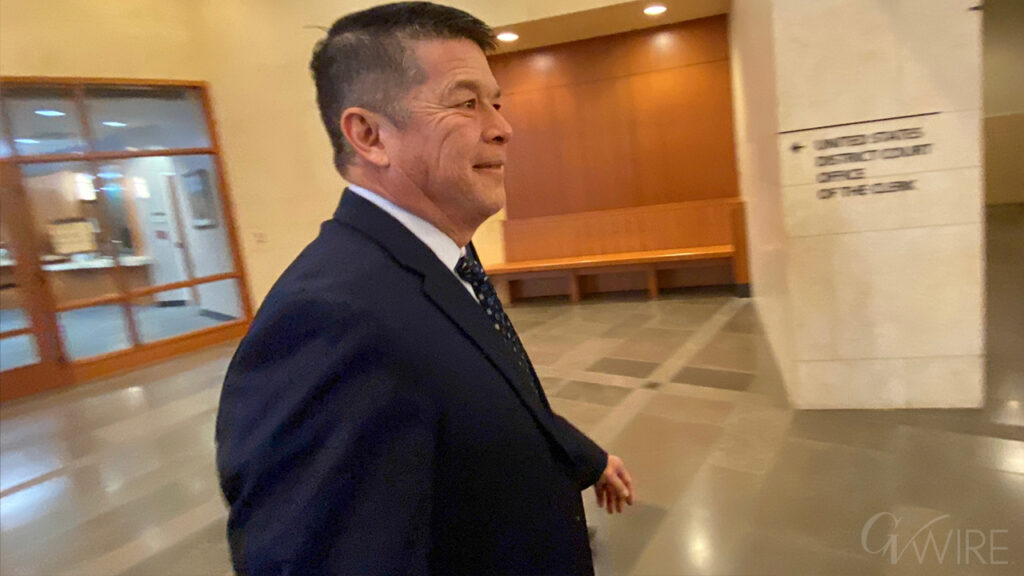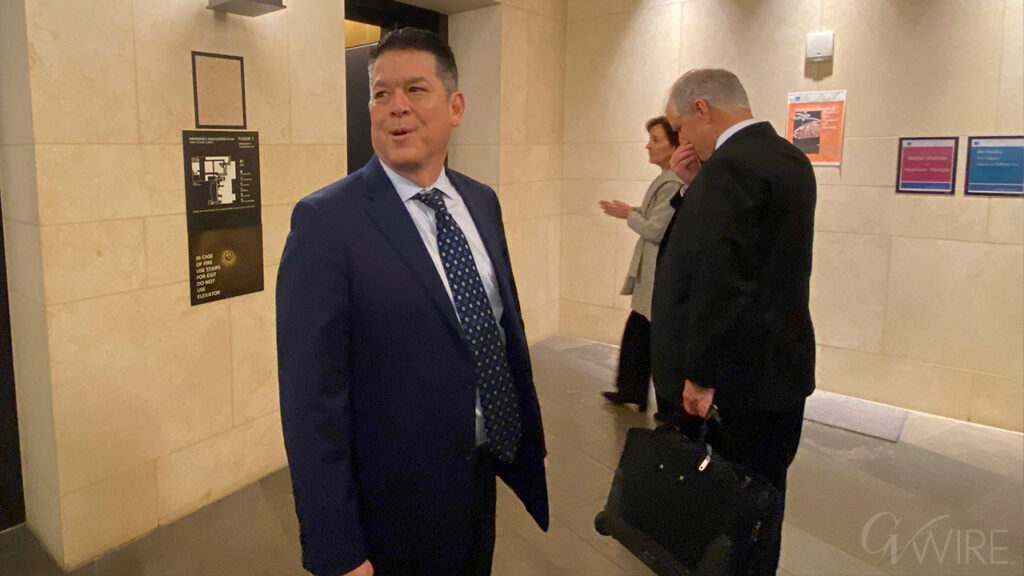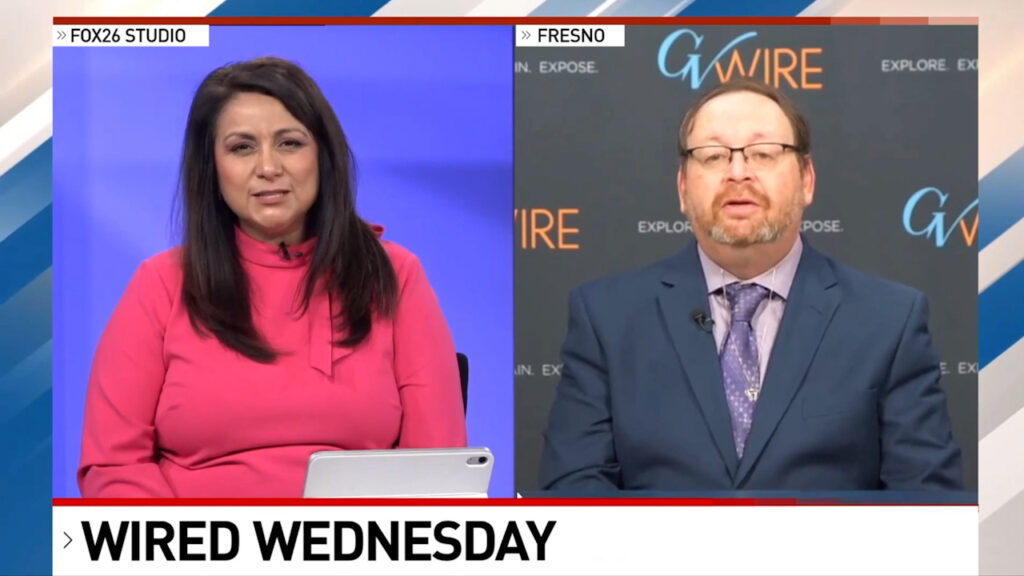California utility customers are paying some of the nation's highest utility costs. (GV Wire Composite/David Rodriguez)

- The California Utilities Commission will vote on a controversial decision to establish a $24 fixed charge for utility customers.
- The utility companies are already proposing annual hikes to the fixed charge.
- The utilities are also proposing accounting changes that would make it more difficult to track how revenues are spent, critics say.
Share
|
Getting your Trinity Audio player ready...
|
The California Public Utilities Commission is scheduled Thursday to approve a $24 fixed charge for most customers of investor-owned utilities like Pacific Gas & Electric.
The $24 charge was seen as a compromise after public outcry erupted over a proposal to peg the charge, which is supposed to cover utilities’ fixed costs such as maintenance and repairs, to customer income levels.
The PUC’s meeting is scheduled to begin at 11 a.m. Thursday and will be held in the Warren Alquist State Energy Building, Rosenfeld Room, 1516 Ninth St., in Sacramento. It’s also accessible via webcast or phone.
But even before the ink is dry on what is expected to be the PUC’s rubber-stamping of the fixed charge, the utility companies are floating proposals for annual increases on the fixed rate charge and to change accounting methods that will make it even harder to discern how the utilities are spending money collected from customers, warns Loretta Lynch, a former PUC president who is now one of the agency’s most vocal critics.
The fixed charge is the latest PUC decision that will impact customers statewide but will hit disadvantaged communities such as southwest Fresno the hardest, Lynch told GV Wire this week.
Lower-income households will pay the same fixed charge as middle- or higher-income households, even if the lower-income households have tried to minimize their energy usage to cut costs. As a result their utility bills could take an even bigger bite out of their household budget.
Focus on Southwest Fresno
The PUC’s decision in March to grant PG&E an interim rate hike put a spotlight directly on PG&E’s customers in southwest Fresno, which the PUC categorizes as an “area of affordability concern” because of the region’s hotter summer temperatures and lower income levels.
According to the PUC decision, customers in southwest Fresno who don’t qualify for assistance programs such as CARE and FERA will shell out 41.6% of their household income for utilities after their housing costs are subtracted. Utility costs for CARE customers in southwest Fresno would total 27.5% of their household income after housing is subtracted.
And that percentage could increase if the utilities’ recently floated proposal not to include low-income residents in “deed-restricted housing” among those customers eligible for the $12 fixed charge is implemented, Lynch said.
Setting a Fixed Charge
The utility companies, in lobbying for a fixed charge to cover operating costs, say that the new charge will compensate for the revenues lost when some customers switched to solar polar.
The utilities say that the cost of maintaining the grid is not dependent on how much power customers use but is a fixed cost.
Under the current billing method, fixes costs are lumped together with energy costs, but that will change if the PUC approves the fixed charge decision on Thursday.
The PUC could have recommended a lower monthly fixed charge but instead opted for the same $24 fixed charge that Sacramento Municipal Utility District (SMUD) customers pay. The PUC didn’t go for the lowest fixed charge in California: Los Angeles customers are served by a municipal utility, the Department of Water and Power, that sets a sliding scale for the fixed charge depending on how much power is used, but the charge is capped at $15 monthly.
Ahmad Faruqui, an economist and utility expert who also is a vocal critic of investor-owned utility companies and the PUC, said the PUC is imposing SMUD’s fixed charge but isn’t restricting utilities to SMUD’s lower electricity rate.
“So SMUD has a $24 fixed charge, that is correct. But they also have an energy charge that’s 40% of PG&E’s energy charge. So why not copy also their energy charge? What are you doing, cherry-picking?” he said. “Just grab the fixed charge from SMUD but keep the energy charge from PG&E — I mean that’s like the hybrid that should not be imposed on us. Yeah, if you want to copy SMUD, go all the way.
“So this was like a shenanigan, very clever. And I don’t know who they’re trying to fool.”
Earlier this month SMUD posted a rate comparison showing that its rates are 2½ times lower than for neighboring PG&E customers. The average monthly bill for SMUD customers using 750 kilowatt-hours of electricity is $139, while PG&E customers are paying $351 for the same amount of electricity, according to the chart that was updated on May 1.
Why a Fixed Charge?
How did the fixed rates come about? The Legislature agreed years ago to a $10 fixed charge that the PUC never implemented.
In 2022, language requiring the PUC to mandate an income-graduated fixed charge was added to a budget trailer bill, Assembly Bill 205, in the final days of the legislative session with no discussion or opportunity for public review or discussion.
Those discussions came during subsequent PUC hearings. Using incomes to determine how much customers paid for a fixed charge was seen as a solution to a longstanding equity issue: Families that do not qualify for assistance programs such as CARE or FERA typically pay a larger portion of their household incomes for utilities than affluent families. In addition. they are less likely to have the resources to pay for a solar system to trim their costs.
But faced with the prospect of the utility companies having access to their paychecks, Californians started putting pressure on their legislators.
Legislators on both sides of the aisle put forward bills to roll back AB 205. But an amendment that Sen. Shannon Groves tried to tack onto an election bill this year was tabled by Democrats. And Assembly Bill 1999, which was put forward by Democrats — including many who had helped pass the budget trailer bill that set the fixed charge in motion two years earlier — died a quiet death in the Assembly Rules Committee.
Establishing a fixed charge based on income would be a first in the United States, and it’s not the result of a thorough review or analysis of the utilities’ costs, critics say.
The State Auditor’s Office issued a report last August said state agencies responsible for approving rate increases for electricity and natural gas providers in California needed to do a better job of monitoring utilities’ costs, questioning increases, and communicating with consumers.
Related Story: As Utility Rates Soar Across California, Regulators ‘Asleep at the ...
More Fast-Tracking Possible
There could be even less review if the PUC grants the utilities’ request for what is known as a “Tier 3 advice letter,” Lynch warned. Contained in a five-page document titled “Fixed Charge Discussion” that the utilities provided to lawmakers in April are proposals for annual fixed charge increases instead of every four years through general rate case proceedings, as outlined in the PUC’s proposed decision.
“The utilities want this fixed charge to be annual, an annual increase or escalator. And they want the fixed charge imposed in what’s called a Tier 3 advice letter, which is the easiest, presumed-approved administrative process that the PUC has,” she said.
“I call it the ‘rocket docket,’ because if the utilities get something in a Tier 3 advice letter, it means that whatever they want and whatever they put in the letter is deemed approved by the PUC unless another party protests within 30 days. And then they go through a really quickie review. It’s not an administrative hearing with evidence or anything else. And then the PUC basically says, ‘I’m going to call balls and strikes and winners and losers.’ ”
Lynch said the utilities also are proposing a new category, “nonmarginal distribution costs,” which they define as distribution such as poles and wires, wildfire hardening, vegetation management, policy mandates, and what appears to be a catch-all category, “balancing accounts.”
The so-called “nonmarginal distribution costs would lump together capital and operating costs and make it even harder for regulators and the public to see how revenues from customers are being spent. Also noteworthy about the proposal: it would only apply to residential customers, she said.
“What’s happening here is the PUC is conducting a real-time experiment on its residential customers pursuant to a statute that requires them to do something like this, but doesn’t require them to experiment on us like guinea pigs,” Lynch said.
How to Contact PUC Commissioners
To contact the CPUC commissioners, use this link.










